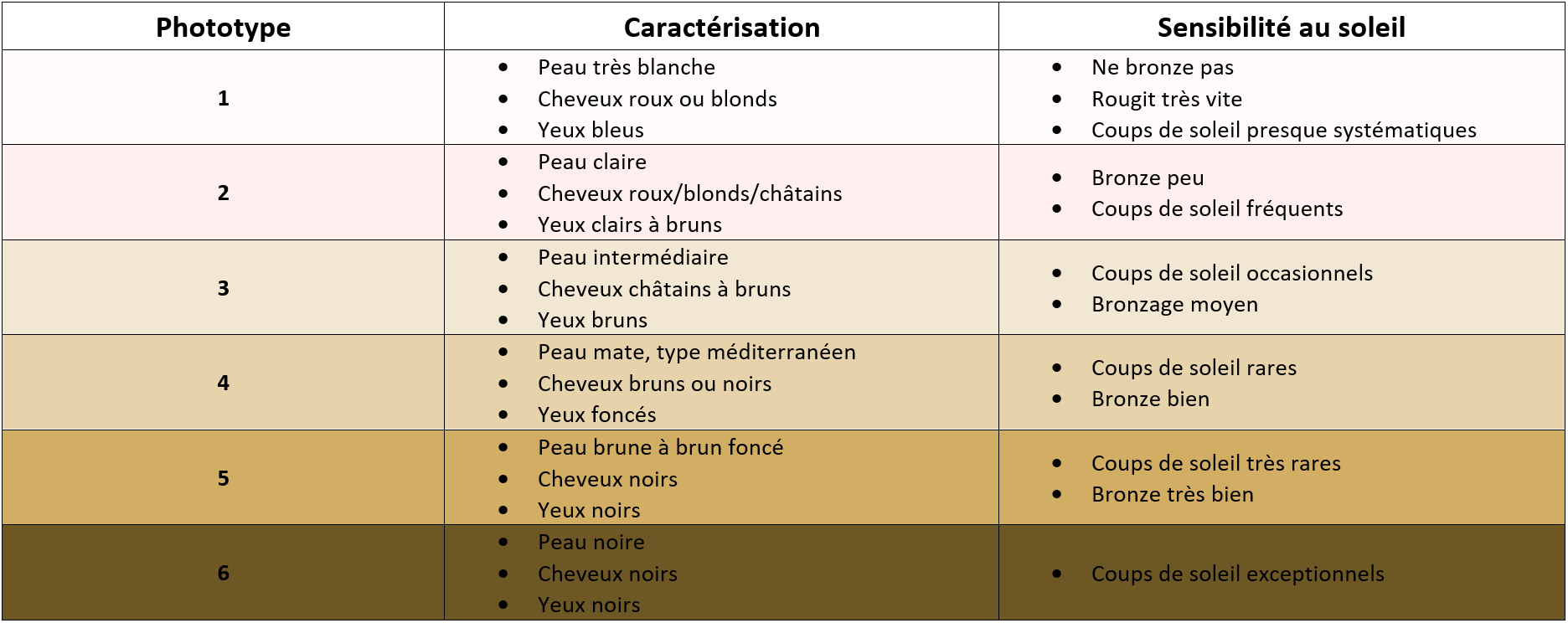Anti Uv : How to choose your anti uv clothing
Why buy a UV protection garment?
Whether you're sailing, walking on the beach or splashing around in the water, the sun and its UV rays will find you. UV rays are the sun's rays that are responsible for the tanning of the skin. Beyond this tanning, they can be extremely harmful to your skin and can cause sunburn and irreversible damage to your health. It is therefore important to protect yourself from UV rays with .
To protect yourself from UV rays, being in the shade is not enough. Being in the shade will protect you from the sun's DIRECT rays, but not from the reflection of these rays on surfaces such as walls, sand, water, etc. or from their ambient radiation. When you go to the sea or near water, you will experience a multitude of reflections from the sun's rays on the water.
The most common form of UV protection is sunscreen, but it does not provide complete protection. For optimal protection, especially for children and babies, it is recommended to use more sun protection. That's why some } have been developed.
Which anti-UV clothing should I choose?
The UV protection index
The UV protection T-shirt is the most widely used UV protection garment. Depending on its composition and thickness, the UV protection T-shirt has a higher or lower protection factor(UPF). We can break down this protection into 4 categories:
- No protection. UPF from 0 to 15. It is a classic garment not considered as anti-UV
- Good protection. UPF of 15 to 24. The garment blocks between 93.3% and 95.8% of UV rays
- Very good protection. UPF of 25 to 39. The garment blocks between 96% and 97.4% of UV rays
- Excellent protection. UPF of 40 to 50. The garment blocks between 97.5% and 98% of UV rays
The durability of the T-shirt
The UV protection of your garment will be diminished once it gets wet. It is important to take this into account and to read the information given by the manufacturer on this subject.The same applies if you use your T-shirt for surfing for example, l'wear and tear of the fabric will be faster and will make it less efficient over time.
The use you will make of it
The fit is largely defined by the activities you practice:
- For sports of sliding sports for example, it will be more appropriate to opt for a T-shirt with a cut fitted offering greater freedom of movement.
- For sports water sports or to be worn without activity activitythe comfort and ease of putting on the T-shirt of a will be preferred.
- If you are going to be in contact with water, we advise you to choose a garment with a .
- If you are cold or have to stay in cool water, you will be able to find clothes with good .
Short or long sleeves?
For maximum protection, a long-sleeved T-shirt paired with leggings and a cap is obviously ideal. However, it is not the most comfortable, especially in the water.
-
Long sleeves
For babies and children, we advise you to opt for a long-sleeved T-shirt. The skin has not yet developed all its defense systems and will be much more vulnerable in the youngest.At adultsit depends on the comfort you have according to the type of sleeves, but also and especially on the sensitivity of your skin. Different skin types exist and are called phototypes skin types. If you belong to phototypes 1 and 2, choose long sleeves.
When sailing, the sun's reflections on the water can be very important, so it is recommended to choose a T-shirt with } on board your boat.
Be careful, a phototype that prevents sunburn does not mean that you are totally insensitive to UV rays. You are still sensitive to it.
- Short sleeves
For a phototype of 3 and above, you can opt for short sleeves.If you practice an activity requiring a great freedom of movement.If your direct exposure to the sun is limited.
What to wear downstairs?
You can opt for a pair of UV resistant swim shorts to replace your classic swim shorts that won't change your beach habits. They tend to grow and look like regular swim shorts.Anti-UV leggings are much rarer than anti-UV T-shirts. They are not very common and the legs are more often protected by the upper body or deep in the water. Again, this will depend on your sensitivity and exposure.
In conclusion
The anti-UV T-shirt is an essential protection against the sun's radiation. Very common in hot countries such as Australia, it is struggling to make its place in France because of the lack of knowledge of the danger on the part of summer people.Even after swimming, UV rays remain powerful and dangerous. Installing yourself in the shade and using sunscreen is effective but does not constitute sufficient protection.
The ideal is to combine all these means for maximum protection.Never rely on the heat you feel to judge the impact of UV. Indeed, the sensation of heat is not due to UV (ultraviolet), but to IR (infrared). In addition, when you swim, the UV rays are reflected multiple times on the surface of the water to reach you, but you probably won't feel your body heating up.
Happy surfing to all!
For any question or additional information, we are with your listening to the 04.78.41.79.31.
The Nautisports. com team
















